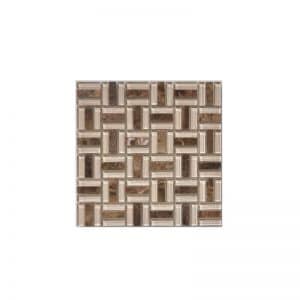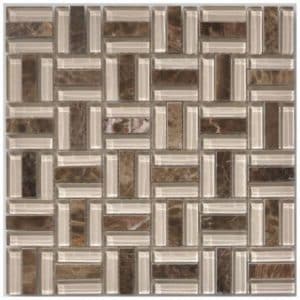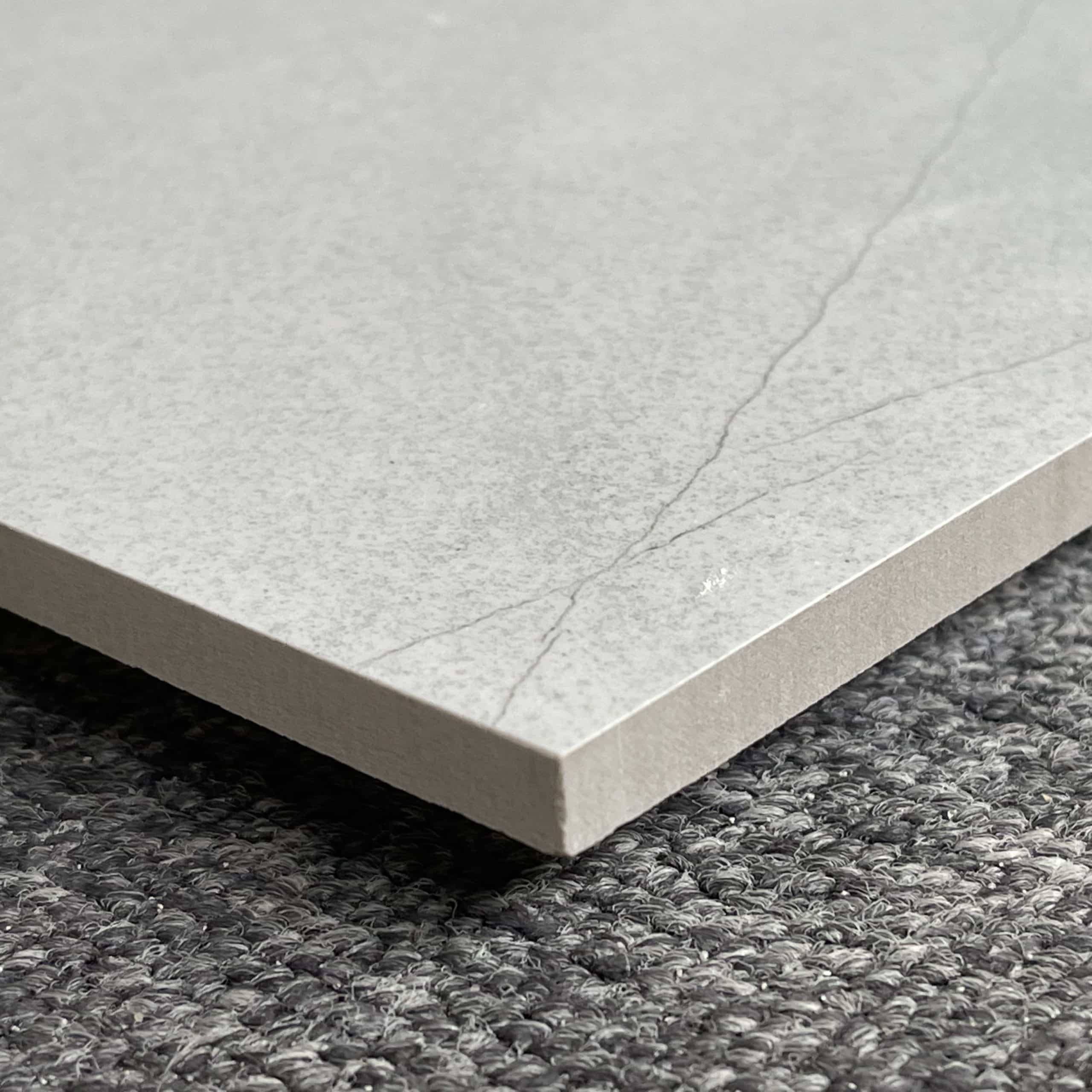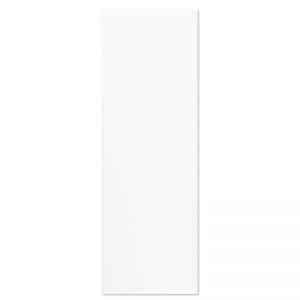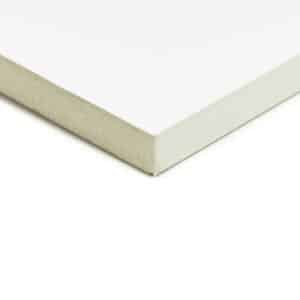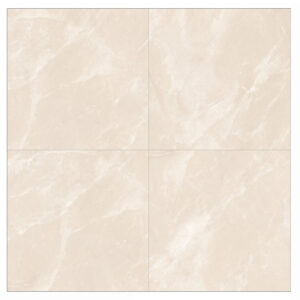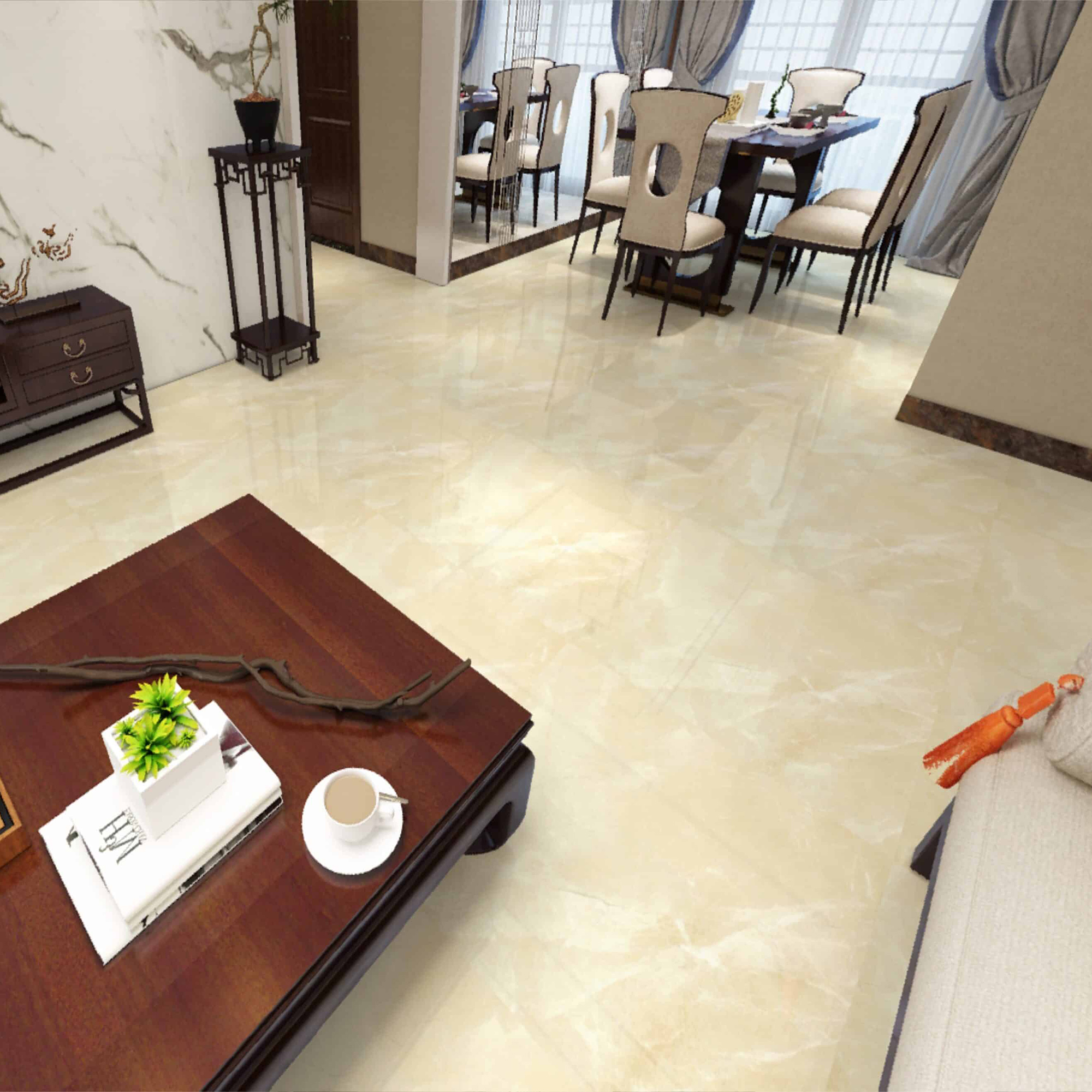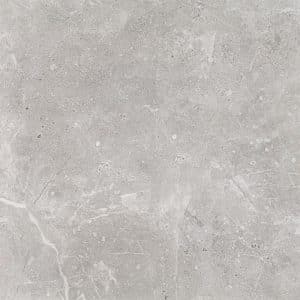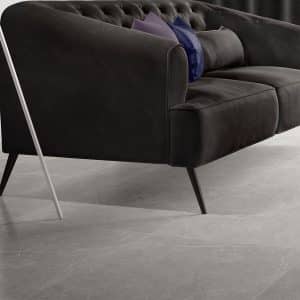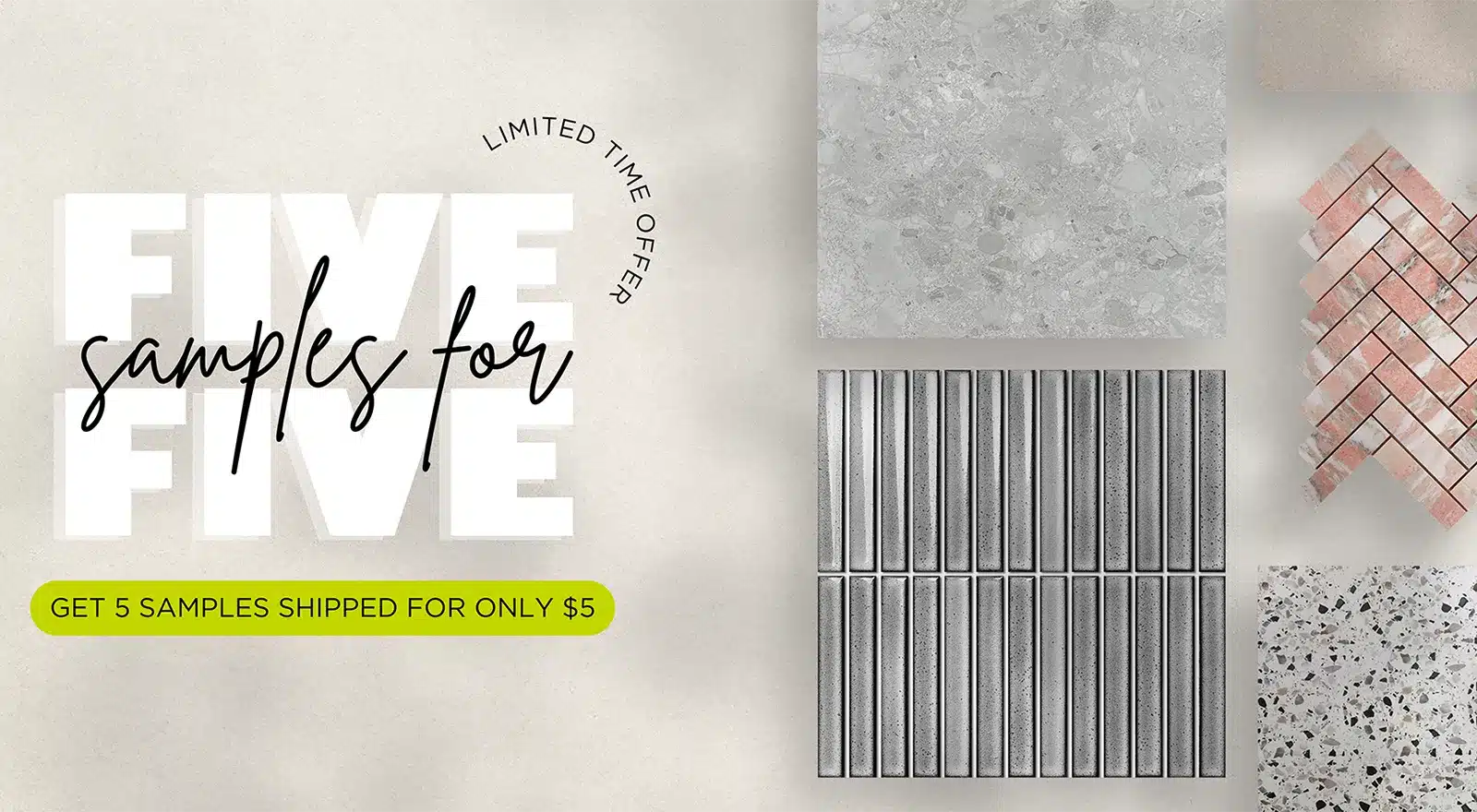How to Lay Subway Tiles?
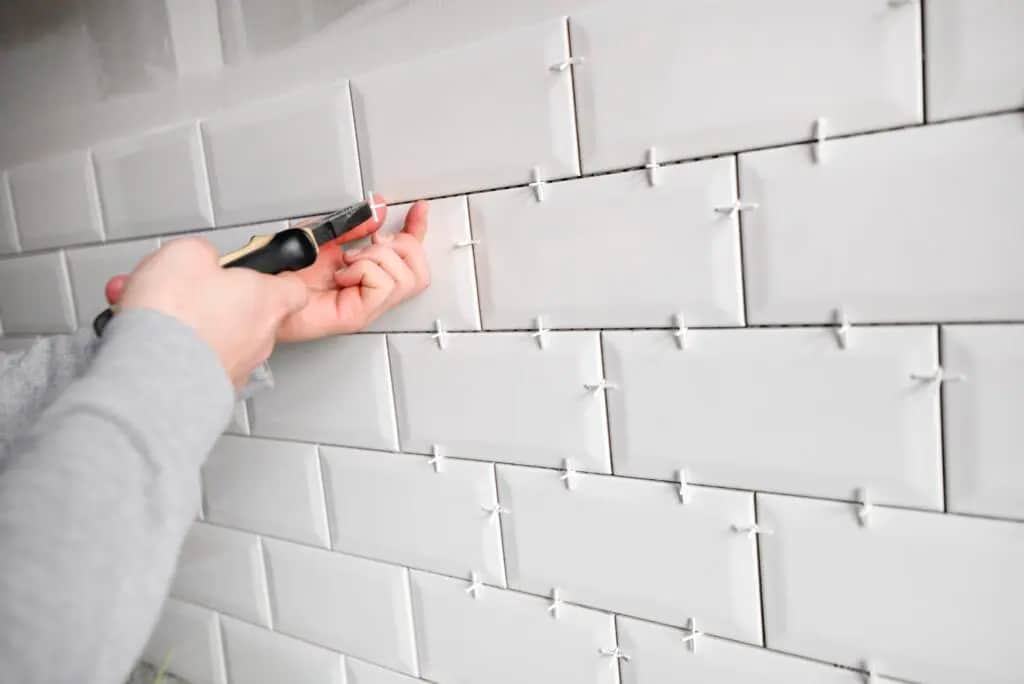
Subway tiles are a classic favourite for Australian homes. They bring a crisp, ageless charm to any corner of your interior space. Whether you’re sprucing up your kitchen or giving the bathroom a revamp, subway tiles from Cheap Tiles Online could be just the perfect choice for you.
This guide is your DIY, designed to make the journey of laying subway tiles as simple and fun as possible. So, grab your tools and let us help you achieve that stunning look for your home.
What Tools and Materials Do I Need to Lay Subway Tiles?
Before we delve into the specifics, let’s equip ourselves with the right tools and materials necessary to lay your subway tiles perfectly.
- Adhesive (Tile or Thin-set Mortar)
- Backsplash (optional, for tiling over)
- Grout
- Grout Float or Rubber Spatula
- Manual Tile Cutter
- Notched Trowel
- Protective Gear (Dust Mask, Gloves, Safety Glasses)
- Sandpaper (if wall needs sanding)
- Tile Sealer
- Tile Spacers
- Vacuum (if wall needs cleaning)
- Water (for mixing grout)
- Subway Tiles
Step-by-Step Guide on How to Lay Subway Tiles
Step 1: Let’s Get Measuring
First things first, let’s figure out how many tiles you’ll need. Take measurements of the area where you’re planning, for example, to install subway tile backsplash. This will be your guide in determining the number of tiles to buy. Don’t forget to factor in grout, thin-set mortar, and those handy tile spacers.
If you’re a newbie to this, it might be wise to get a few extra tiles – just in case. Now, whether you’re thinking of horizontal tiles, vertical tiles (vertical straight stack), or exploring other creative ways to lay subway tiles, this first step will set you to kickstart your project.
Step 2: Prepping Your Wall
Now, let’s get your wall ready for those individual tiles. If you have an old kitchen backsplash or wallpaper, it’s time to say goodbye to it. For bare walls, a clean sweep is all you need before moving on.
Depending on what type of wall you’re working with, a little sanding or vacuuming might be in order. If you’re lucky enough to have a backsplash that’s still in good shape, you could consider just tiling over it – a real time-saver! But if it’s showing its age or has damage, it’s best to remove it and start with a fresh canvas.
Step 3: Put on the Adhesive
Once your area is all prepped up, let’s get that tile adhesive on. Start from one corner – you might need a step ladder for those hard-to-reach spots – and gradually work your way across.
If you’re using thin-set mortar, grab a notched trowel and apply it to the wall. Comb some grooves into the adhesive, going in the direction of the short side of the tile. This little trick helps air escape from under the tile, which makes the adhesion even stronger. With your layout planned and the number of tiles needed figured out, you’re all set for the next step!
Step 4: Time to Tile
Here’s the most exciting part – setting those white subway tile pieces or another colour you chose, if not white, in place! Start from one corner, just like when you applied the adhesive, and press each tile firmly on the wall.
Keep in mind, some of your white tiles will need a trim to fit snugly in corners or to maintain a stylish brick bond pattern or herringbone pattern. A handy manual cutter will be your best friend for this job. Once all tiles are beautifully lined up, give the adhesive a good 24 hours to dry.
Step 5: Grouting Time
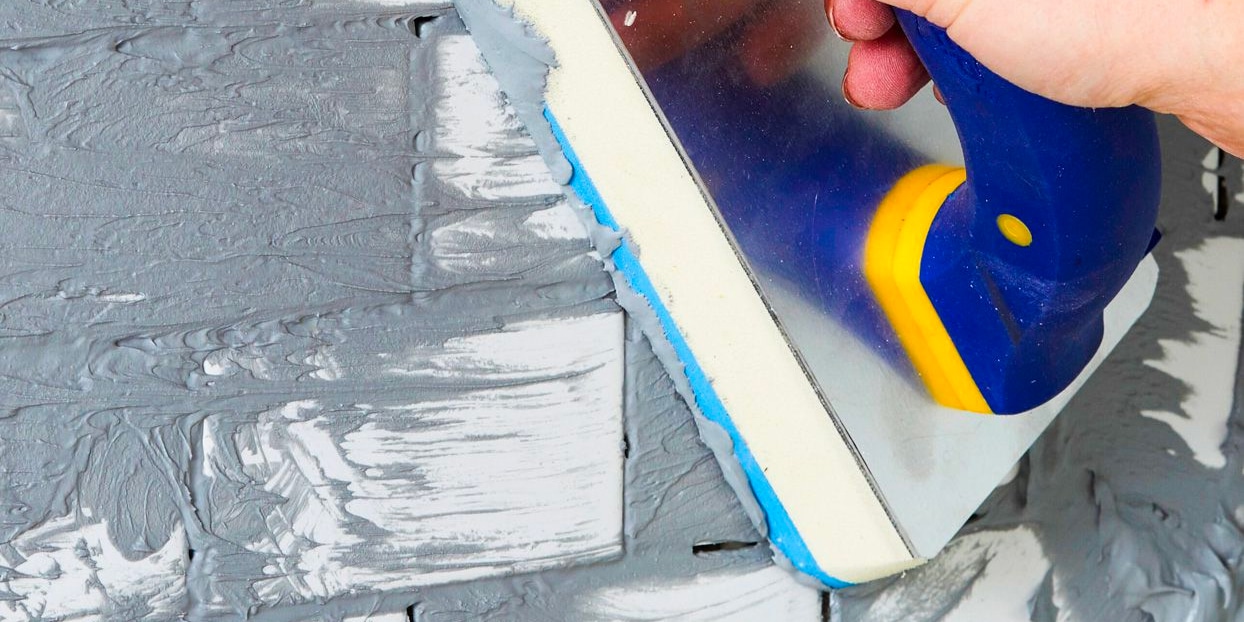 After the adhesive has set, we’re onto the next step – grouting. If you’re using premixed grout, you’re good to go. Otherwise, mix your grout with a bit of warm water, following the manufacturer’s guidelines. Get your rubber spatula or grout float, and apply the grout between the tiles using the notched side.
After the adhesive has set, we’re onto the next step – grouting. If you’re using premixed grout, you’re good to go. Otherwise, mix your grout with a bit of warm water, following the manufacturer’s guidelines. Get your rubber spatula or grout float, and apply the grout between the tiles using the notched side.
Make sure to tackle small sections at a time, and have a soft, damp cloth on hand to quickly wipe off any excess grout before it dries. Trust us, dried-on grout can be a real pain to remove later.
Step 6: Seal the Deal with Tile Sealer
After giving the grout a good 24 hours to dry, it’s time to think about sealing the deal with a tile sealer. This step might be optional, but it’s a life-saver and cost-effective long-term.
A top-notch tile sealer not only makes your backsplash a breeze to clean but also shields it from pesky stains. It’s the final touch to create that modern look for bathrooms or kitchens. But remember, patience is key! Give it another 24 hours post-sealing before you start using your beautiful new backsplash.
Are there any safety considerations I need to be aware of before laying subway tiles?
Indeed, safety is paramount when undertaking a task like laying subway tiles. Here are three key considerations to keep in mind:
- Proper Protective Gear: Before diving into this project, make sure you’re all decked out in the right safety gear. This means wearing safety glasses to shield your eyes from dust and debris, gloves to protect your hands from sharp tile edges, and a dust mask if you’re going to be cutting tiles or sanding walls.
- Safe Handling of Tools: Tools like tile cutters can be risky if not handled properly. Always follow the manufacturer’s guidance and take your time – no need to rush. A clean, clutter-free workspace is also key to keeping accidents at bay.
- Ventilation: Materials like adhesives, grouts, and sealers can give off fumes that aren’t too friendly in closed spaces. So, ensure your workspace is well-ventilated. If you start feeling a bit woozy or nauseous, don’t hesitate to step outside and catch some fresh air.
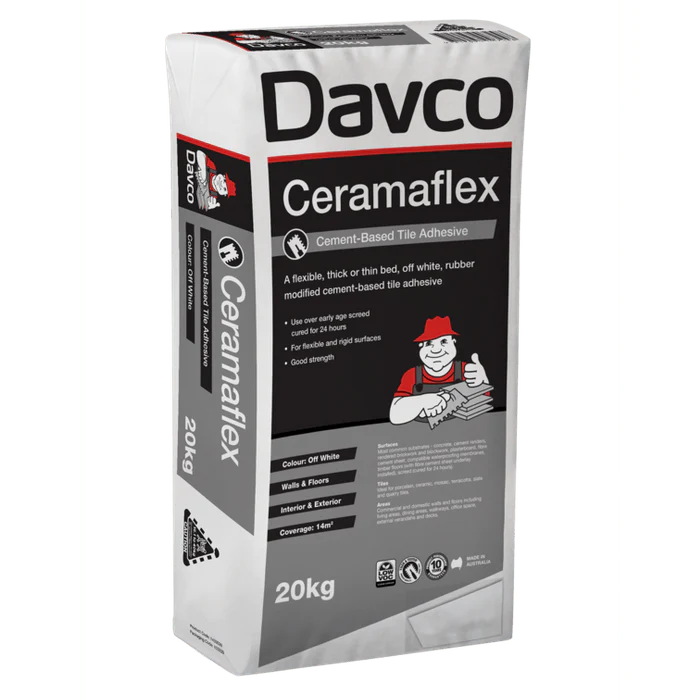
CERAMAFLEX 20KG RUBBER MODIFIED / ECO PRO
$39.90 $16.00 ea
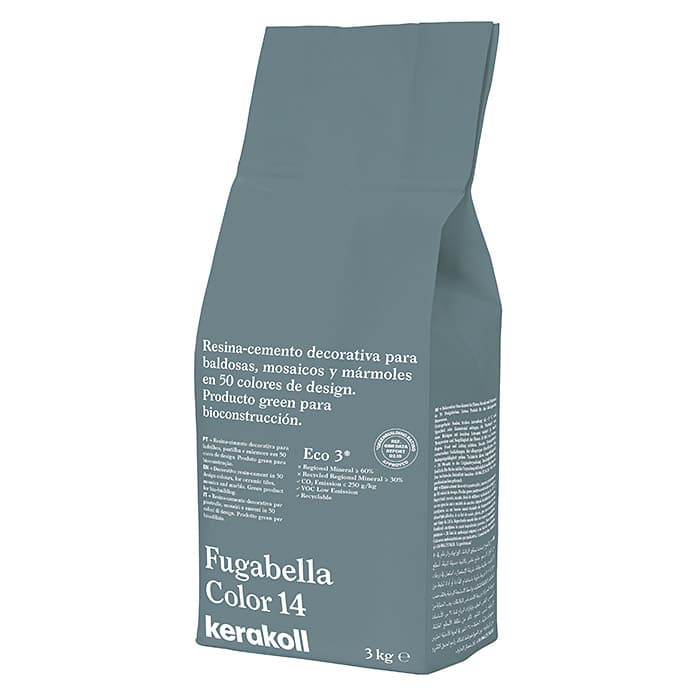
FUGABELLA COLOR 14 3KG
$43.95

EG15 EPOXY COLOUR PACK – BLACK 644
$35.00 Bag
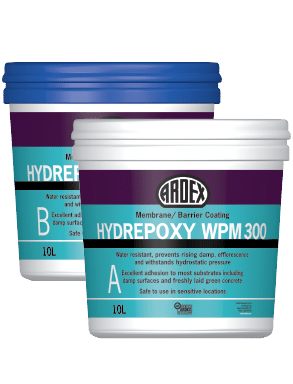
ARDEX HYDREPOXY WPM 300 GREY 4L KIT
$141.95 Bag

MASTER PRIMER 1 LITRE
$29.95 Bag
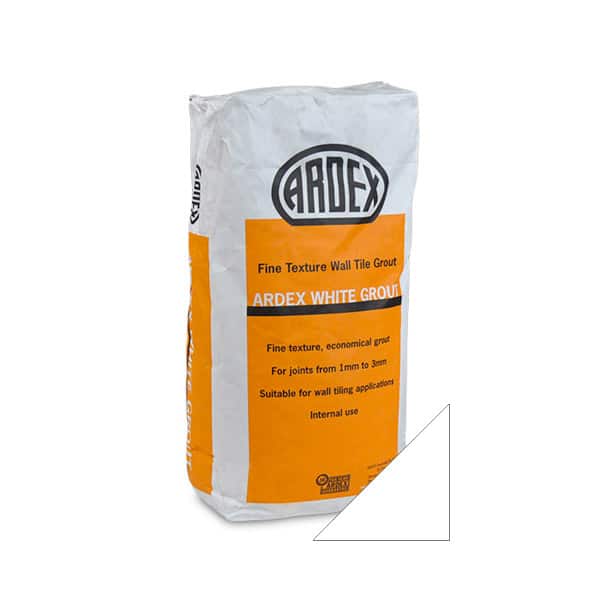
Ardex White Grout Fine Texture Joints 1 – 3mm 20kg
$39.95
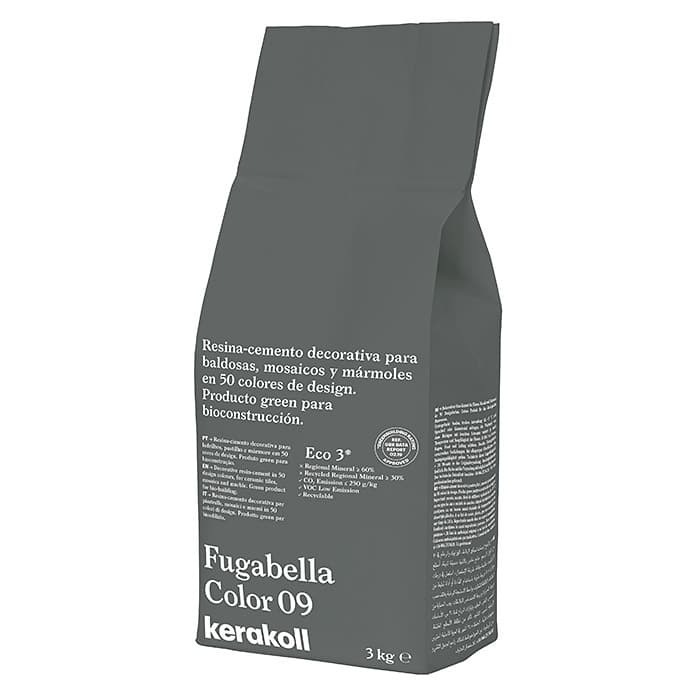
FUGABELLA COLOR 09 3KG
$43.95
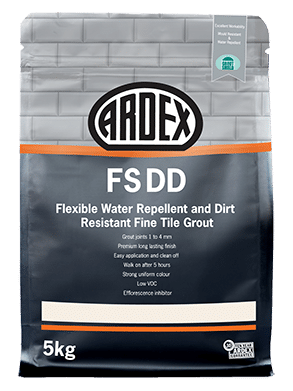
FSDD HAVANA 380 GROUT 5KG
$21.95 Bag

FSDD CHARRED ASH 387 GROUT 5KG
$21.95 Bag
FAQs
What is the best adhesive for subway tiles?
When it comes to tiling, the adhesive you choose significantly influences the outcome. For subway tiles, we highly recommend Davco SMP Evo and PROMAXSET Prohesive Adhesive are high-performance adhesives renowned for their superior bonding strength. They’re versatile, easy to use, and perfect for a broad array of tiles, including our classic subway tiles. However, your choice should depend on your specific circumstances, including the type and condition of your wall.
What kind of grout do you use for subway tiles?
Grout selection is as crucial as your choice of tiles and adhesive. Ardex FS DD Ultra White is a go-to grout for subway tiles. It is a flexible, cement-based grout that creates a smooth, polished finish, enhancing your subway tiles’ overall look. Its outstanding colour consistency and resistance to efflorescence make it a crowd favourite.
Does the subway tile need to be sealed?
While subway tiles themselves do not typically require sealing, it’s a solid idea to apply a sealer to your grout. Sealing your grout with a product like Sure Seal Grout & Tile Sealer and CraftSeal Waterborne Sealer can protect it from staining and extend the life of your installation. So, while not essential, it’s a small extra step that can pay off in the long run.

